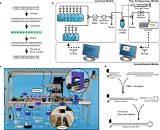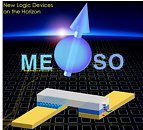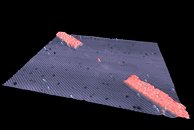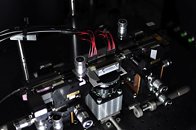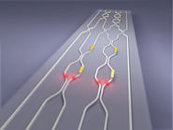Spirit Of The North 2 Out Now on PC & Consoles
Greetings, Guardians! The moment we've all been waiting for is finally here—Spirit of the North 2 is officially out now on Steam! Whether you've been with us since the first game or joined along the way, we can't thank you enough for your support, your feedback, and your patience. Now, it's your turn to step into this beautiful, mysterious world once again—this time, with new powers, new companions, and a world that's bigger and more alive than ever before.
You've followed us through development, shared our excitement, and kept the spirit alive—now it's time to experience the magic for yourself. Launch day is just the beginning. We'll be keeping an eye out for your thoughts, feedback, and favorite moments. Don't forget to share your screenshots, theories, and discoveries in the Community Hub! From all of us—at Infuse Studio, and Merge Games—thank you, and we hope you enjoy the journey.
You've followed us through development, shared our excitement, and kept the spirit alive—now it's time to experience the magic for yourself. Launch day is just the beginning. We'll be keeping an eye out for your thoughts, feedback, and favorite moments. Don't forget to share your screenshots, theories, and discoveries in the Community Hub! From all of us—at Infuse Studio, and Merge Games—thank you, and we hope you enjoy the journey.














